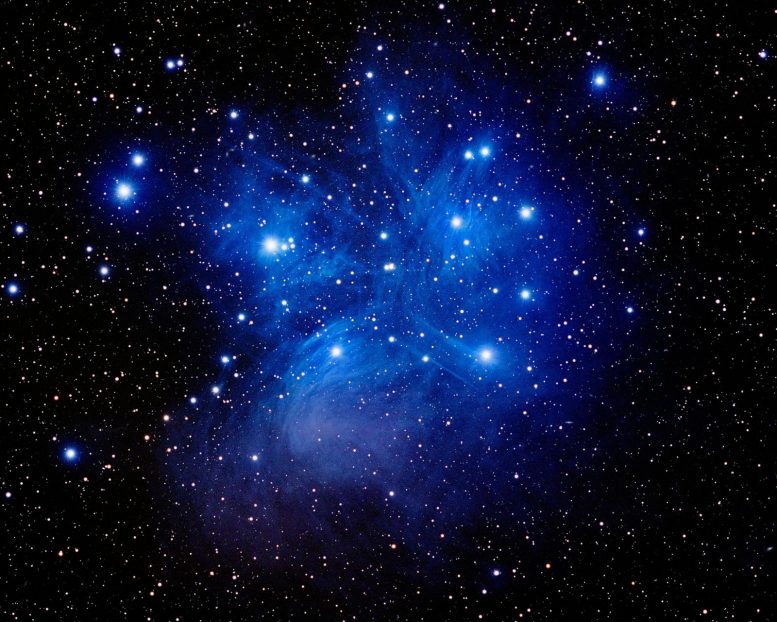
An image of the nearby Pleiades star cluster. CfA astronomer Guillermo Torres has completed a detailed eleven-year study of intermediate mass stars in this cluster using SAO’s Fred L. Whipple Observatory Tillinghast facility. Because these stars are rapidly rotating, previous spectroscopic measurements of their motions and properties had been unreliable. Credit: Smithsonian Magazine
The Pleiades star cluster, a brilliant collection of several hundred stars visible in the winter sky near the constellation of Orion, has been admired by people for thousands of years; it is cited in the Bible and the works of Greek authors. It is a relatively young star cluster whose estimated age is only about 100 million years, meaning that it was born long after the Jurassic dinosaurs had passed into history. The Pleiades cluster is also relatively close by, only about 448 light-years away, which is why it is such a visual splendor and also why it is such a tempting target for astronomers.
The brightest stars in the Pleiades cluster have been studied spectroscopically for more than a century. The stellar spectrum not only reveals a star’s character, the positions and shapes of its atomic lines reveal the star’s motions, both its line-of-sight motion in space (its radial velocity) and its rotation. One of the most extensive spectroscopic programs in the last century lasted for nearly 20 years focused on the moderate mass stars, leading to the discovery and characterization of many new binary stars in the cluster.
But while it is relatively easy to measure the radial velocities of moderate mass stars, more massive ones are more challenging because they have fewer lines and the line profiles are typically very broad because these stars tend to rotate rapidly, some with rotational velocities in excess of 200 km/sec.
As a result, the radial velocities of the more massive stars in the Pleiades are generally of poor quality. Nevertheless, over the years more than a dozen of them have been claimed to be possible binary stars, or variable, and in some cases tentative orbits have even been published, but few of these conclusions have been confirmed.
CfA astronomer Guillermo Torres undertook to investigate some of the unconfirmed claims about these more massive stars, ranging from about two to four solar-masses, using new observations gathered over the course of eleven years of observations with the Tillinghast Reflector Echelle Spectrograph (TRES) on the 1.5 m Tillinghast Reflector at SAO’s Fred L. Whipple Observatory on Mount Hopkins (AZ).
The goal of the survey was a more complete census of the suspected spectroscopic binaries in the cluster, a study that would also refine the estimates of the stellar masses. The target list included thirty three rapidly rotating stars, and a further motivation for the work was to derive accurate and consistent rotational velocities for all the fast rotators.
With one or two exceptions Torres does not confirm any of the previous claims of variability, and he rules out all of the published orbital solutions for the binaries. He reports one previous binary actually has a period of 71.8 days, a second binary has a (preliminary) period estimated to be 8.7 years, and finds a new binary with a period of about ten years. The study supports the conventional understanding that slightly more than one-third of these kinds of massive stars are in binary or higher multiple systems.
Reference: “Spectroscopic Monitoring of Rapidly Rotating Early-type Stars in the Pleiades Cluster” by Guillermo Torres, 25 September 2020, The Astrophysical Journal.
DOI: 10.3847/1538-4357/abb136


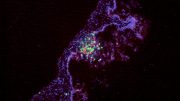
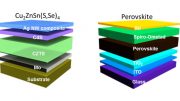

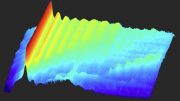
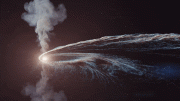


Be the first to comment on "Massive Rotating Stars in the Pleiades Cluster"